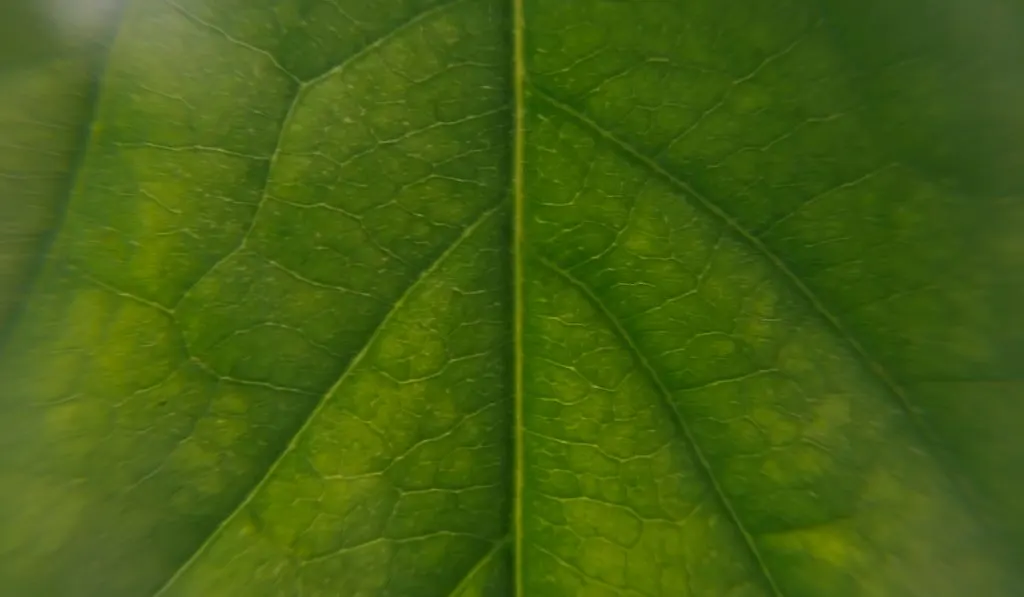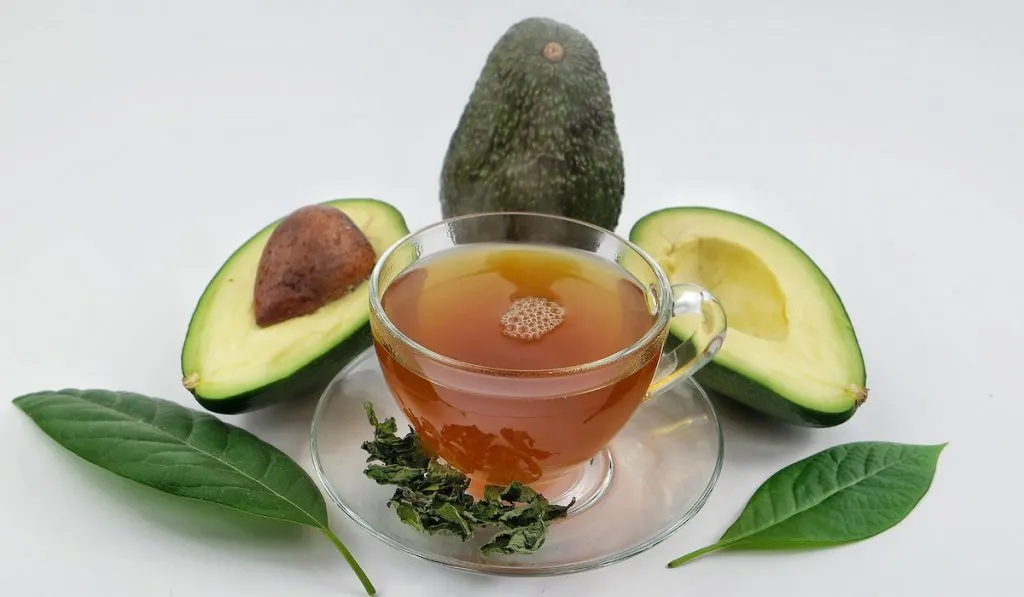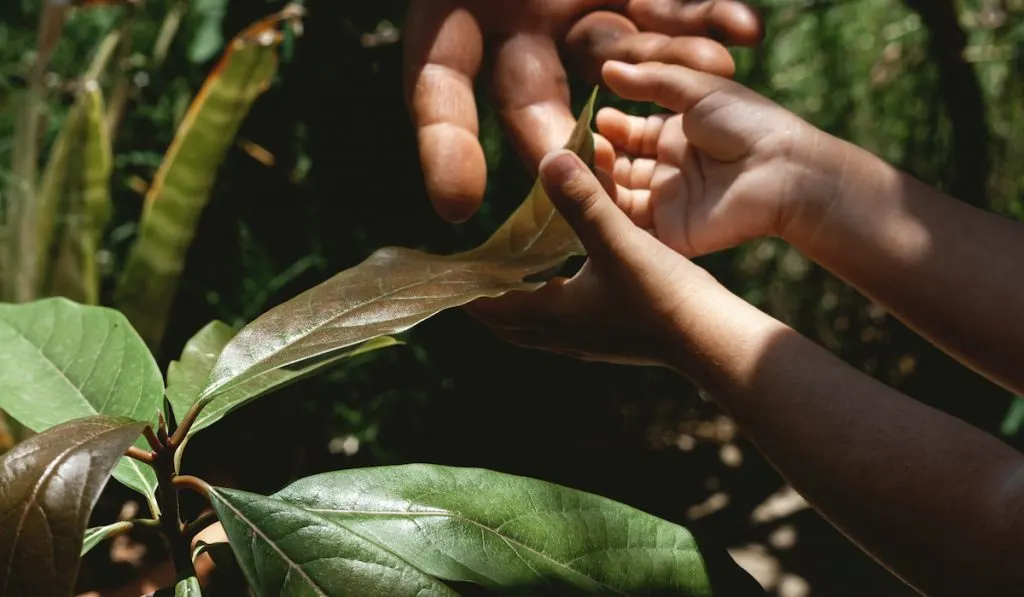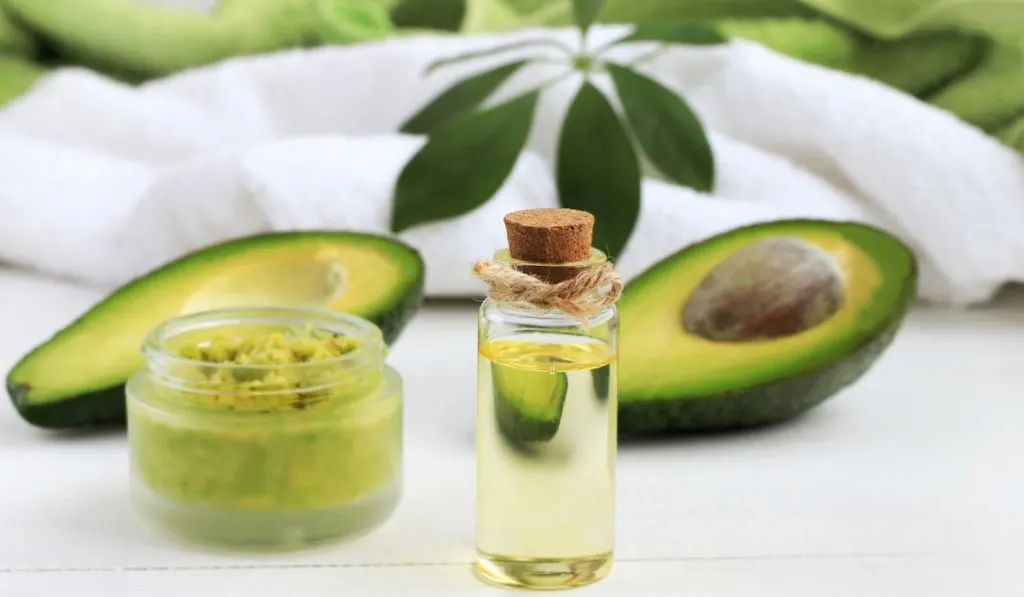Most times, we are always so caught up in what a fruit can give to us and the maximum benefits we can get from them that we totally neglect the immense benefits that can be hidden in the leaves of these fruits.
Avocado leaves are usually small or medium in size, around five to ten centimeters wide and ten to 35 centimeters long. The color of the leaves range from light to dark green. They can be used for many things including as a food seasoning for spicing up cooking like bay leaves.
Avocado leaves can be seen throughout the year irrespective of the time and season. Thus they are quite common to find.

Are Avocado Leaves Safe to Eat?
Yes and No. Some avocado leaves are safe to eat, while some are toxic to humans. The leaves of some avocado trees are considered toxic, but the Mexican variety of the tree, the drymifolia, is not toxic and is actually very nutritious.
Avocado leaves have a slightly bitter taste and not everyone may like it. Sugar can be added to it when using it for tea to improve the taste.
Nutritional Value of Avocado Leaves
Avocado leaves contain fibers and antioxidants like phenols and flavonoids which are great anti-inflammatory agents.
They are also known to contain magnesium, zinc, sodium, manganese, calcium potassium, and iron.
Ways to Use Avocado Leaves
In Your Cooking
Avocado leaves can be dried and used for seasoning food. They add a hazelnut aroma to your meals. It is advisable to use only a small amount in your food as avocado leaves are slightly bitter in taste and too much can ruin the entire meal.
You can use the leaves either fresh or dried, for toasting, steaming and boiling. Another way for using the leaves in cooking is to use them for wrapping your food before grilling or steaming. When they are used as food wrappers, the flavor is absorbed into the food in large concentrations.
The leaves can also be added to soups, stews and sauces.

To dry your avocado leaves, wash your fresh leaves and chop into tiny bits to speed up the speed drying process.
Place it on a metal flat surface like a tray or pan. You can sun dry them for a few days or dry them in an oven. After drying, you can crush the dried leaves to form rough little particles that can be sprinkled on food.
Properly dried avocado leaves can last up to one year in your kitchen cabinet when kept away from moisture and stored in an airtight container. Fresh avocado leaves can only last a few days before they begin to decay.
For Skin Care
Avocado leaves are rich with antioxidants and also possess antiseptic properties. They have been proven to help the elasticity of your skin and fight free radicals that aim to destroy your complexion of your skin.
Using the leaves on your skin will keep it supple and smooth.
The leaves also have antibacterial properties that help in reducing inflamed acne and clearing dark spots. The properties and nutrients in the leaves of avocados can also help fight blackheads, prevent wrinkling of skin and reduce the chances of the skin loosening.

Facemask Recipe
- Pick about five to six fresh avocado leaves and wash properly.
- Mash into a paste, use as little water as possible. Add a few drops of lemon juice to the paste. Replace lemon juice with some drops of olive oil if you have dry skin.
- Clean your face with alcohol-free wipes to remove any preexisting dirt. Or you can do this procedure immediately after you have washed your face.
- Apply the paste all over your face or on areas you have scars, acne or blackheads.
- Leave on your face for ten to twenty minutes to give the mixture time to work.
- Wash off the paste with clean water and dry with a clean cloth.
- Use this paste at least once or twice a week, especially if you have serious challenges with acne.
For Hair Care
Avocados are a common ingredient in many organic hair care products. The leaves of avocados contain high amounts of vitamin B. The lack of vitamin B has been known to cause hair loss in people.
Avocado leaves help to strengthen the hair, add extra shine to it and also keep it healthy. They also help return moisture to dry and damage hair.
They are organic substances and have no dangerous or harmful effect on you or your hair.

Hair Mask Recipe
- Pick and wash avocado leaves. The quantity of leaves to use depends on the density and length of your hair and how big the leaves are. Between five to ten medium leaves should be sufficient.
- Mash up the leaves with a pounder. If you are using a blender, use as little water as possible to avoid having a watery paste. Add a few drops of olive oil or any other organic hair oil you have on hand. You can also add egg yolk to the mask for extra protein.
- Wet your hair with water to dampen it.
- Massage the paste into your hair. From the scalp to the tips of the hair. Massaging thoroughly increases the blood circulation on your scalp which also improves hair growth.
- Leave the mask on for fifteen to thirty minutes for it to properly seep into the hair strands.
- Rinse out the mask with warm water.
- Use leave-in-conditioner to lock in the moisture.
- You can use it regularly, depending on the damage to your hair. At least once a week is sufficient for highly damaged hair. For normal hair, using the mask once or twice a month is sufficient.
Conclusion
Avocado leaves are very beneficial to humans and are very versatile in their use. You can use them for food seasoning, hair care and skin care. You can also brew the leaves and use them for a relaxing cup of tea.
I hope you enjoyed this article. Let us know if you try out any of our avocado leaf uses or recipes!
